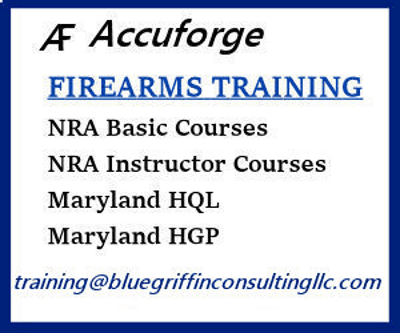- Feb 4, 2013
- 28,175
The decision sequence is out order.
If you are catagorically distrustful of striker fired pistols, you shouldn't buy a striker fired pistol ( other than purely range toy ).
There are a boatload of fine traditional DA/SA autopistols available, you should own one.
This too ^^^^^^^^^^^^

 a holster isn't going to help; ordinary humidity goes everywhere.
a holster isn't going to help; ordinary humidity goes everywhere.


 ", where I draw, fire only 1 or 2 rounds, re-holster, and repeat until Mrs. GNR rings the dinner bell or my rotator cuff begins to sing.
", where I draw, fire only 1 or 2 rounds, re-holster, and repeat until Mrs. GNR rings the dinner bell or my rotator cuff begins to sing.